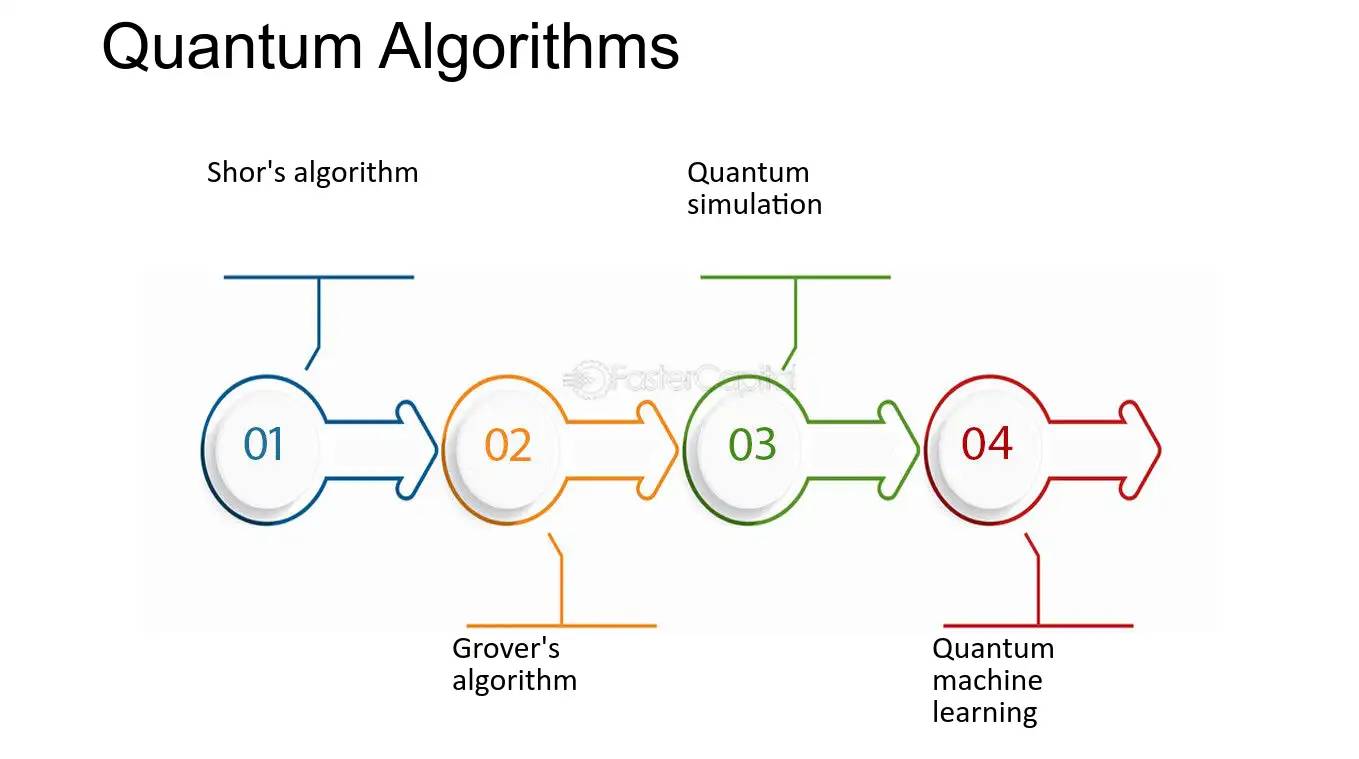The Science Blog

Quantum Computing: How Close Are We to Real-World Applications?
Quantum computing has moved from a theory to a growing tech field in recent years. Classical computers have driven our digital age. But quantum computers could change how we process information. Quantum computing can solve complex problems much faster than traditional computers. This speed comes from superposition and entanglement. But how close are we to seeing quantum computing applied in real-world scenarios? This blog looks at quantum computing today. It covers the challenges it faces and its possible uses. We will focus on quantum algorithms, superposition, and quantum cryptography.
Key Benefits / Why It Matters
Quantum computing is not just an incremental advancement over classical computing. It represents a paradigm shift. Quantum computing could change many industries, including pharmaceuticals and finance.
Quantum Algorithms
Quantum computing uses quantum algorithms. These algorithms are very different from classical ones. Quantum algorithms use qubits. Qubits can be in many states at once because of superposition. This lets quantum computers handle a lot of data at once. This cuts down the time needed for complex calculations. Shor’s algorithm is a quantum method for factoring integers. It might break common encryption systems. This creates both a challenge and an opportunity for cybersecurity.
Grover’s algorithm is a famous quantum algorithm. It offers a quadratic speedup for searching unsorted databases. This may greatly affect areas like artificial intelligence, optimisation problems, and big data analysis. Quantum algorithms can tackle problems that classical computers can’t. This leads to amazing new computing power.
Superposition and Entanglement
At the heart of quantum computing are the principles of superposition and entanglement. Superposition allows qubits to be in multiple states at once, unlike classical bits which are either 0 or 1. This property enables quantum computers to perform many calculations simultaneously. Entanglement is a quantum phenomenon. It lets entangled qubits instantly affect each other’s state, no matter how far apart they are. This could lead to unprecedented levels of computational power and speed.
A key use of entanglement is quantum teleportation. This process lets us transfer quantum information instantly. This could change secure communications and quantum networking. It may help create a future quantum internet.
Quantum Cryptography
Quantum cryptography is set to transform the field of cybersecurity. Using quantum mechanics, it offers communication that is safe from eavesdropping. Quantum key distribution (QKD) is a way to send encryption keys. It makes sure that if someone tries to intercept the keys, it will be noticed. This way, communication remains secure.
Beyond QKD, post-quantum cryptography is also gaining traction. As quantum computers become more powerful, classical encryption methods will become vulnerable. Researchers are creating cryptographic methods that can resist quantum attacks. This ensures data security in a world after quantum computing.
Step-by-Step Guide / Actionable Insights

Quantum computing has great potential, but it faces many challenges in practical use. Here’s a closer look at the steps involved in bringing quantum computing to real-world applications.
Developing Quantum Algorithms
- Understanding Quantum Mechanics: A deep understanding of quantum mechanics is key to developing quantum algorithms. This means understanding tricky ideas like wave-particle duality and how quantum states are based on probability.
- Designing Algorithms: After building the basic knowledge, the next step is to create algorithms that use quantum mechanics. This needs creative thinking and a desire to go beyond classical computing limits.
- Testing and Validation: Quantum algorithms need careful testing to prove they work well and efficiently. This means simulating quantum computations on classical computers. It’s tough, but a needed step.
- Optimising for Noisy Intermediate-Scale Quantum (NISQ) Devices: Current quantum hardware has limits. So, algorithms need to work well on NISQ devices. These devices often have errors and a small number of qubits.
Building Quantum Hardware
- Creating Qubits: The first step in building quantum hardware is creating stable qubits. This process is complex. Qubits are very sensitive to their environment. They can quickly lose their quantum state in a process called decoherence.
- Error Correction: Quantum computers are prone to errors due to decoherence and other quantum noise. Effective error correction techniques are key to keeping quantum computations accurate.
- Scaling Up: To make quantum computing viable for real-world applications, it is essential to scale up the number of qubits. This requires advancements in quantum chip manufacturing and cooling technologies.
- Hybrid Quantum-Classical Systems: Quantum computers can’t fully replace classical ones yet. Hybrid systems that blend quantum and classical computing are becoming helpful for today’s applications.
Implementing Quantum Cryptography
- Setting Up Secure Channels: The first step in using quantum cryptography is to create secure communication channels with QKD. This means building quantum networks that send qubits far without losing quality.
- Integrating with Current Systems: Quantum cryptography needs to work with current cybersecurity systems. This ensures smooth and secure communication. This requires collaboration between quantum physicists and cybersecurity experts.
- Making Interoperability Work: As quantum technologies grow, it’s vital to connect quantum systems with classical ones. This involves developing protocols that can bridge the gap between the two computing paradigms.
Additional Expert Tips & Common Mistakes to Avoid
Best Practices in Quantum Computing
- Stay Updated: Quantum computing is a rapidly evolving field. Keeping up with the latest research is key for anyone working with quantum technologies.
- Collaborate Across Disciplines: Quantum computing requires expertise in physics, computer science, and engineering. Collaborating across disciplines can lead to innovative solutions and accelerate progress.
- Focus on Error Correction: Quantum computers are prone to errors. So, it’s crucial to develop strong error correction techniques. This will help ensure reliable computations.
Advanced Insights / Expert Recommendations
The Future of Quantum Computing
The future of quantum computing looks bright. However, it needs strong teamwork from researchers, industry leaders, and policymakers to reach its full potential. Here are some expert recommendations for advancing the field:
- Invest in Research and Development: Keep investing in quantum computing. This is key to solving current problems and speeding up progress.
- Foster Public-Private Partnerships: Working together, government, academia, and industry can spark innovation. This collaboration helps move quantum technologies from labs to the market.
- Educate the Workforce: It’s important to create a skilled workforce. Workers should know about quantum computing to help the industry grow. Schools should add quantum computing to their courses. This will help train the next generation of scientists and engineers.
Quantum Computing’s Future: A New Era of Possibilities

Quantum computing can change industries and tackle tough problems that classic computers can’t handle. We must tackle big technical challenges and encourage teamwork across different fields to reach this potential. Are you ready to be part of the quantum future? Get involved with new research, work with experts, and help advance this exciting technology.









